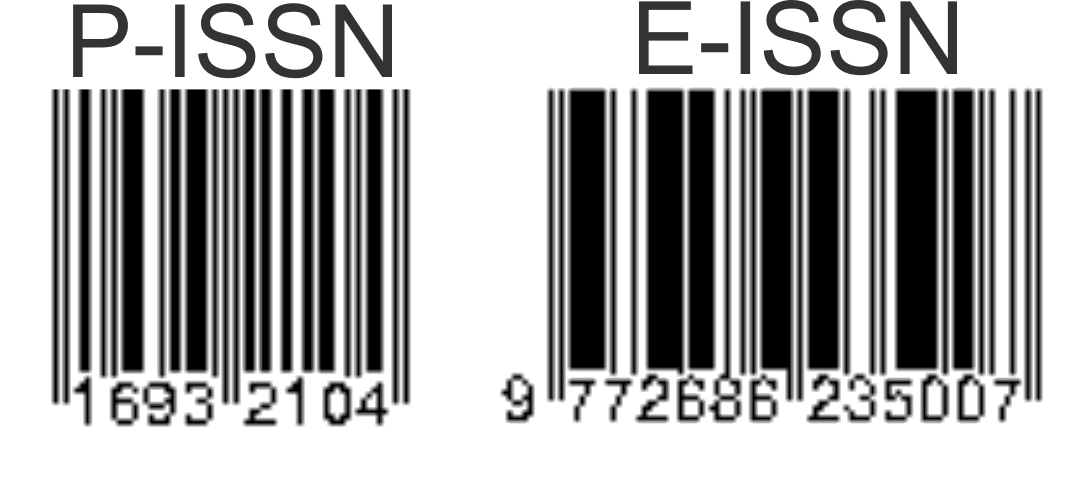Design of A Flexible Table Height (Kafleks) with Quality Function Deployment (QFD) Method
Abstract
Humans have high mobility and various activities for each individual. The table is one of the supporting facilities in human activities. The table can have an important effect in terms of user mobility in using it. A table that is comfortable for users can provide a good and maximum effect for users in completing all their activities. The height of the table is one of the influential aspects in determining whether the table is comfortable or not for its users. This research is aimed at designing and developing a table product with high legs that can adapt to various conditions and activities carried out. The method used in this study is the Quality Function Deployment (QFD) method. The result of this study is that the adjustable table height has a degree of importance of 4 which means that this aspect is important for a table to have.
Keywords
Full Text:
PDF (Bahasa Indonesia)References
Amri, Fatimah, & Yusnidar. (2015). Perancangan Kursi yang Ergonomis sebagai Alat Bantu di Stasiun Kerja Produksi Air Galon (Studi Kasus PT. Ima Montaz Sejahtera). Malikussaleh Industrial Engineering Journal, 4(2), 17–23.
Cahyaningtyas, R., & Iriyani, S. (2015). Perancangan Sistem Informasi Perpustakaan Pada SMP Negeri 3 Tulakan, Kecamatan Tulakan Kabupaten Pacitan. Indonesian Journal on Networking and Security, 4(2), 15–20.
Dwijayanti, K., Zulfa, M. C., & Rohmawati, D. (2018). Perancangan Kursi Bonceng Anak Usia 1-3 Tahun untuk Motor Matic dengan Metode QFD dan Antropometri. Jurnal Disprotek, 9(2), 110–126.
Ginting, R. (2010). Perancangan Produk. In Graha Ilmu.
Magfira, A., & Puspitasari, N. B. (2015). Perancangan Meja dan Kursi Penggunaan Laptop untuk Ruang Kecil Dengan Implementasi Metode Quad (Quality and Usability Assured Design). Industrial Engineering Online Journal, 4(4), 1–11.
Maulana, H., & Suhartini. (2018). Pengembangan Produk Meja Sablon Semi Otomatis Dengan Menggunakan Metode Qfd. Tecnoscienza, 2(2), 20–41.
Nuravianti, A., & Fitriani, R. (2021). Inovasi Produk Dan Analisis Kelayakan Bisnis Pada Lemari Pakaian Kayu. Performa: Media Ilmiah Teknik Industri, 20(2), 85.
Nurkertamanda, D., Saptadi, S., Herviyani, D. D., Produksi, L. S., Studi, P., Industri, T., & Diponegoro, U. (2006). Perancangan Meja Dan Kursi Anak Menggunakan Metode Quality Function Deployment (QFD) Dengan Pendekatan Athropometri Dan Bentuk Fisik Anak. 1(1), 10–17.
Prabowo, R., & Zoelangga, M. I. (2019). Pengembangan Produk Power Charger Portable dengan Menggunakan Metode Quality Function Deployment (QFD). Jurnal Rekayasa Sistem Industri, 8(1), 55–62.
Sabardi, W., & Buhari, A. (2014). Perancangan Kursi Komputer Yang Ergonomis Dengan Metode Anthropometri Pada Warnet Kuala Simpang. Jurnal Ilmiah Jurutera, 1(2), 52–57.
Ulrich, K. T., & Eppinger, S. D. (2016). Product Design And Development. In Handbook of Research on New Product Development. Edward Elgar Publishing.
Wahyuni, R. S., Nursubiyantoro, E., & Awaliah, G. (2020). Perancangan dan Pengembangan Produk Helm Menggunakan Metode Quality Function Deployment (QFD). OPSI, 13(1), 6–16.
Yuliarty, P., Permana, T., & Pratama, A. (2011). Pengembangan Desain Produk Papan Tulis dengan Metode Quality Function Deployment (QFD). Jurnal Ilmiah PASTI Volume, VI (1), 1–13.
DOI: https://doi.org/10.31315/opsi.v15i1.6758
Refbacks
- There are currently no refbacks.
Sekretariat :
Jurusan Teknik Industri
FTI UPN "Veteran" Yogyakarta
d.a Jalan Babarsari 2 Tambakbayan Yogyakarta 55281
Telp. (0274) 486256
Website http://jurnal.upnyk.ac.id/index.php/opsi
email : jurnal.opsi@upnyk.ac.id
indexed by:
 |  |  |  |
 |  |  |  |
 |

This work is Licensed Under a Creative Commons Attribution 4.0 International license.
View My Stats




